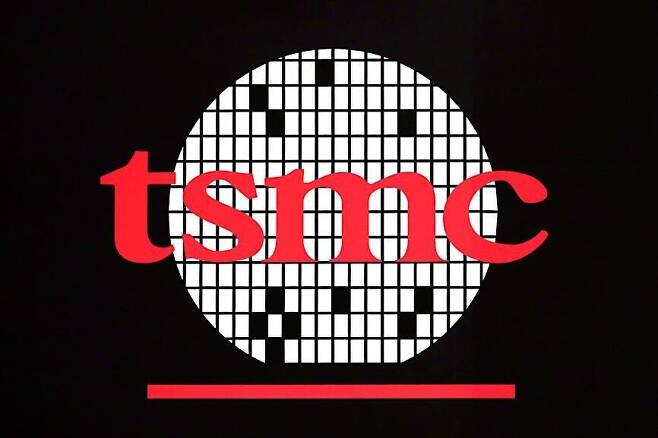TSMC to invest over US$27 billion in facility construction in 2021, leaving headache for rival Samsung
이 글자크기로 변경됩니다.
(예시) 가장 빠른 뉴스가 있고 다양한 정보, 쌍방향 소통이 숨쉬는 다음뉴스를 만나보세요. 다음뉴스는 국내외 주요이슈와 실시간 속보, 문화생활 및 다양한 분야의 뉴스를 입체적으로 전달하고 있습니다.

Semiconductor fabricators have gone on a spending spree as they vie for global hegemony over the industry.
Taiwanese firm TSMC, the world’s top semiconductor foundry, announced plans to pour around 30 trillion won (US$27.14 billion) into facility investment this year. That’s a headache for Samsung Electronics, TSMC’s biggest rival.
A foundry is a company that fabricates semiconductors, typically for fabless firms that design chips but don’t fabricate the chips themselves.
According to a Reuters report on Jan. 14, TSMC announced in a Q4 earnings report that it would be investing US$25-28 billion in capital spending this year.
That’s over 60% higher than the US$17.2 billion it spent last year. It also exceeds the US$19-20 billion in capital investment that semiconductor analysts had predicted for the year.
TSMC said that its investment sought to take advantage of “multiple years of growth opportunities,” Reuters reported, adding that the company has “revised up its compound annual growth rate targets for revenue during the 2020 to 2025 period to 10-15% from an earlier estimate of 5-10%.”
TSMC posted US$5.1 billion of net profit in Q4 2020, up 23% year on year.
The industry believes that TSMC’s big capital investment is based on surging orders from fabless clients — including Apple, AMD, Nvidia and Qualcomm — in its ultrafine sub-5nm, or nanometer, process.
TSMC said it will allocate 80% of its facility investment this year on its ultrafine 3nm, 5nm and 7nm processes.
According to semiconductor industry analysts, TSMC’s decision to make a record-breaking investment this year reflects its determination to meet the recent surge in demand for semiconductor fabrication while also gaining the upper hand in technological competition with Samsung Electronics in the sub-5nm process.
Analysts say that TSMC’s investment plan for the year probably includes orders from Intel, which is looking into outsourcing some of its cutting-edge manufacturing.
Reuters reported on Jan. 12 that the “DG2” graphics chip for personal computers that Intel is working on will be manufactured using a 7nm process at TSMC. Intel hopes that the chip “will help it combat the rise of Nvidia Corp,” Reuters said.
The implication is that Intel has decided to have its chips made by TSMC, a semiconductor foundry, rather than Samsung Electronics, an integrated device manufacturer (that is, a company that both designs and manufactures chips).
Samsung Electronics, currently number two in the foundry industry, is expected to boost investment in system semiconductors this year as part of its goal of becoming the world’s top system semiconductor manufacturer by 2030. Financial analysts predict that Samsung Electronics will spend 12 trillion won (US$10.86 billion) on facility investment in its non-memory division this year, doubling the amount it invested last year.
By Cho Kye-wan, staff reporter
Please direct comments or questions to [english@hani.co.kr]
Copyright © 한겨레신문사 All Rights Reserved. 무단 전재, 재배포, AI 학습 및 활용 금지
- [포토] “커피 한잔” 부탁한 노숙인에게 점퍼·장갑까지 건넨 시민
- 카공족이 돌아왔다…손님·업주 “이제 숨통이 트일 것 같다”
- 전주 콩나물국밥, 세계 9대 숙취해소 음식 선정
- ‘해피캠퍼스’ 자료 짜깁기 해 특허청장상까지…부실 공모전 ‘도마’
- “밍크고래 죽인 그물, 북극곰도 인간도 죽일 수 있다”
- ‘마약 밀반입’ CJ 이재현 장남 이선호, 슬그머니 회사 복귀
- 이재용 구속된 날 삼성전자 3.4%↓…그룹주도 일제히 약세
- ‘입양아 교체’라니…논란 부른 문 대통령 ‘아동학대 해법’
- 얼룩말 무늬, 포식자 헷갈릴까? 실험해 봤더니
- 코로나 착한 임대료 이어진다…조선대, 학내 임대료 감면